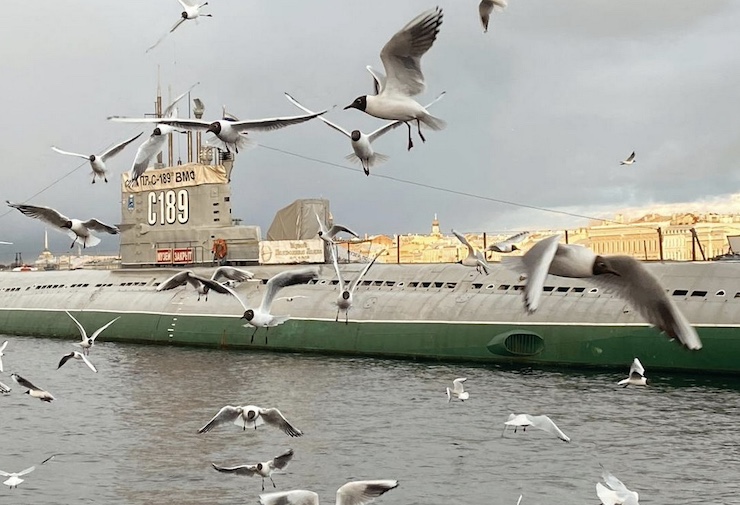
From September 1939 through September 1945, nearly all of the world’s countries were engaged in the conflict of World War II. The resolution of WWII ultimately led to the establishment of the United Nations, laying the groundwork for the international order we abide by today. Another result of the war was seeing the United States of America emerge as the most powerful military force in the world. Crucial in securing this position was the strength of the US Navy, which was responsible for supporting every military branch involved both domestically and abroad.
The US Navy utilized 7,601 ships by the end of the war. This included 28 massive aircraft carriers, 23 battleships, 377 destroyers, and thousands of other support ships. Of key importance to Naval operations was the more than 232 submarines used for a multitude of stealth operations. Of these vessels, 52 were lost over the course of the war. In 2010, world-renowned ocean explorer Tim Taylor founded the Lost 52 Project to find these missing submarines.
As stated in Tim’s biography, “He has spent over thirty years in the marine industry advancing innovative diving technologies within the scientific, archaeological, and oceanographic fields.” In order to support his endeavors for Lost 52, Tim also founded Tiburon Subsea (TSI) in 2014. TSI specializes in building a unique fleet of underwater drones to meet the challenges of exploring our planet’s oceans. JETTE, TSI’s proprietary autonomous underwater vehicle (AUV) or submersible drone, has been designed to fill the gaps that many AUVs face.
As explained on Lost 52’s website, many of the previously existing submersible drones were incapable of collecting the images necessary for detailed recovery missions such as locating sunken ships. These drones could also be difficult to maneuver. JETTE is an AUV with propulsion and hovering capabilities, allowing it to “stop and perform inspection functions, or deploy custom payloads,” as explained by TSI in a YouTube video posted in May 2024. The drone enables Tim and his teams to efficiently navigate and search the ocean floor while collecting actionable data. The drone provides the team with high-resolution images that can be turned into 4D maps. This data is how Lost 52 has been able to locate and identify 13 of the 52 WWII lost submarines.
On May 22, 2024, Tim contacted the Naval History and Heritage Command (NHHC) to confirm that the Lost 52 Project, in conjunction with TSI, had located USS Harder, nicknamed “Hit ’em Harder”. The submarine was found by a drone at a depth of 3,750 feet in the West Philippine Sea, where it sank on August 24, 1944. Images collected by the drone showed that the submarine had remained mostly intact. Helmed by Commander Samuel D. Dealey, the Harder acquired a legendary reputation over her 6 tours during WWII. Though much is known about her time during the war and her last day at sea, the Harder wasn’t officially declared lost at sea until January 5, 1945.
After 80 years at the bottom of the sea, modern drone technology has finally brought closure to the families of the 79 sailors onboard the Harder. NHHC Director Samuel J. Cox, U.S. Navy Rear Admiral (retired), is grateful for all the ships Tim and his teams have rediscovered through years of hard work and drone technology. “Harder was lost in the course of victory. We must not forget that victory has a price, as does freedom,” Director Cox said. “We are grateful that Lost 52 has given us the opportunity to once again honor the valor of the crew of the ‘Hit ’em Harder’ submarine that sank the most Japanese warships – in particularly audacious attacks – under her legendary skipper, Cmdr. Sam Dealey.” Thanks to drones like JETTE, the Harder and other rediscovered naval ships can now be respectfully marked as war graves.
|